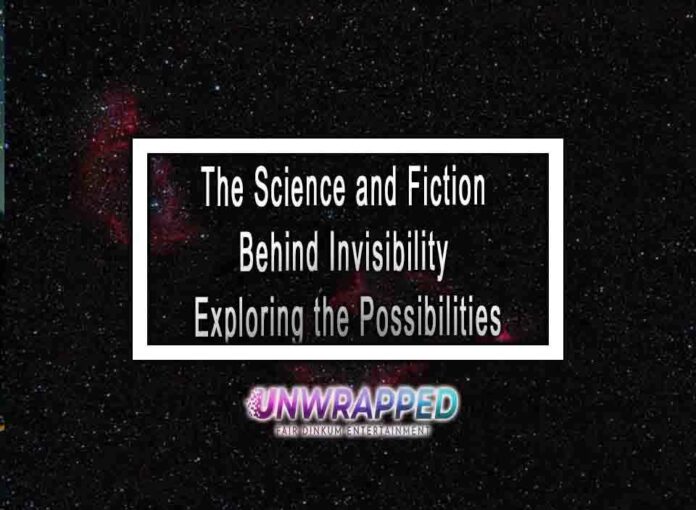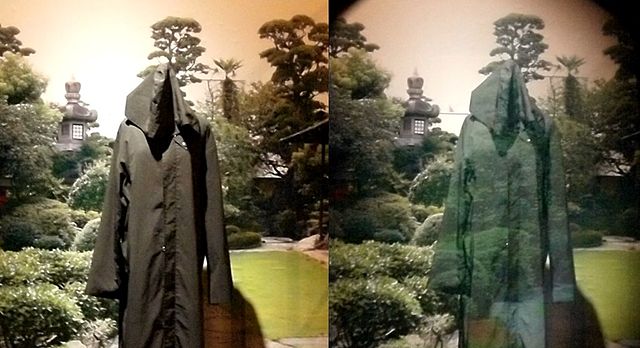Invisibility is a captivating concept deeply ingrained in both science and fiction. While invisibility remains primarily a work of imagination, it has sparked scientific curiosity and exploration. Here’s an exploration of the science and fiction behind invisibility and the possibilities it presents:
1. Science of Invisibility:
- Scientific research into invisibility often involves the study of light manipulation, specifically in the visible spectrum. Researchers have developed various techniques to make objects appear invisible, though these methods have limitations:
- Cloaking Devices: Metamaterials are engineered materials with properties not found in nature. These materials can bend and control light to make objects seem invisible or blend into their surroundings. Cloaking devices have been designed for specific wavelengths of light, such as microwaves, but creating true invisibility in the visible spectrum remains a significant challenge.

- Active Camouflage: Some military technologies employ adaptive camouflage to blend vehicles or soldiers into their surroundings. These systems use cameras to capture the environment and display it on the object’s surface, creating the illusion of transparency.
2. Fictional Depictions:
- Invisibility is a popular theme in science fiction, fantasy, and literature. Characters with invisibility powers or access to invisibility-inducing technology often use their abilities for various purposes, including espionage, pranks, and moral dilemmas.
3. Ethical and Moral Dilemmas:
- Invisibility, as depicted in fiction, raises ethical and moral questions about privacy, consent, and the potential for misuse. Characters who use their powers for surveillance, invasion of personal space, or other illicit purposes explore these dilemmas.
4. Philosophical Considerations:
- Invisibility in fiction delves into philosophical questions about the nature of identity and the consequences of unseen actions. Characters often struggle with the ethical implications of their powers.
5. Real-World Applications:
- While true invisibility remains elusive, certain technologies have practical applications that share similarities with invisibility. These include adaptive camouflage for military use and materials that can render objects nearly invisible under specific conditions.
6. Challenges of Invisibility:
- Achieving true invisibility in the visible spectrum faces several challenges, including the need for materials that can manipulate light at all wavelengths, the avoidance of optical distortions, and the issue of creating an invisible subject while maintaining its visibility to others.
7. Future Possibilities:
- While full invisibility as portrayed in fiction is not a near-term reality, ongoing scientific research may lead to advancements in light manipulation and metamaterials. These developments could eventually yield applications with implications for camouflage, optics, and other fields.
Invisibility remains a captivating concept, both in science and fiction. While science has made some progress in light manipulation and adaptive camouflage, true invisibility as depicted in many fictional works continues to inspire imagination and exploration. The concept raises ethical questions, sparks philosophical discussions, and provides a rich source of creative storytelling in literature and film.











